Wainscoting: The Decor Trend That's Making a Comeback
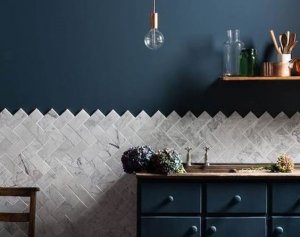
In recent years, we have seen the return of one decorating trend that many had long considered a thing of the past: wainscoting. In this article, we want to tell you everything you need to know about wainscoting and give you some tips on how to choose a material that best suits you and your home.
What is wainscoting?
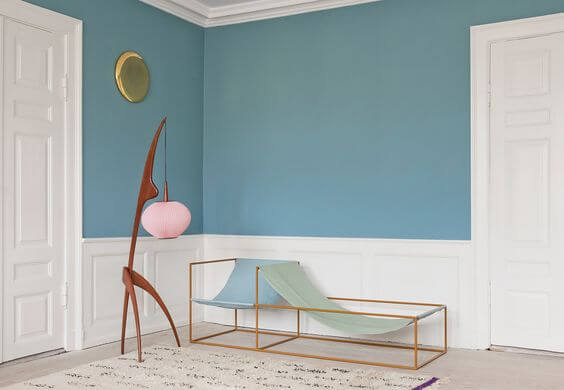
Wainscoting is a type of wall paneling that is used to line the lower half of the wall. It prevents the walls from getting damaged by furniture or people.
Is wainscoting the same as baseboards?
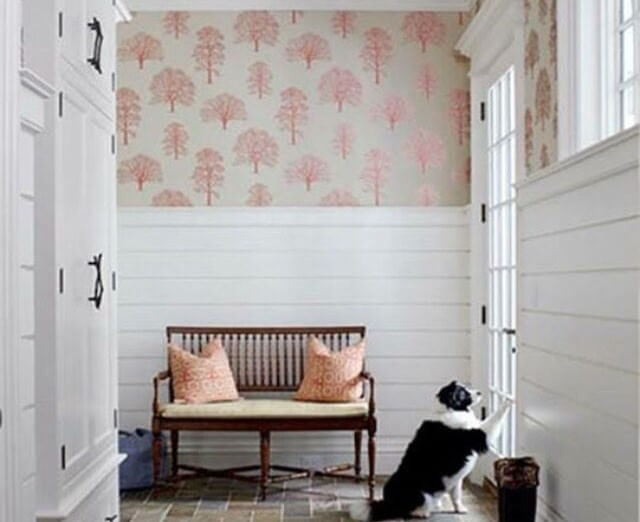
No. Baseboards run along the bottom of the wall and are usually no more than 4″ in height. Normally made of wood, stone, or ceramic, baseboards are designed to protect the wall against humidity, and to prevent damage by things such as vacuum cleaners or brooms.
Wainscoting, on the other hand, covers a far greater portion of the wall, measuring anywhere between 35 – 59″ in height, depending on how high the ceilings are. It’s ideal for high-traffic areas such as hallways, kitchens, and children’s bedrooms.
These panels protect walls against dirt and damage and are usually made of easy-to-clean materials so that you can simply remove any marks or stains with a damp cloth.
Where to install your panels
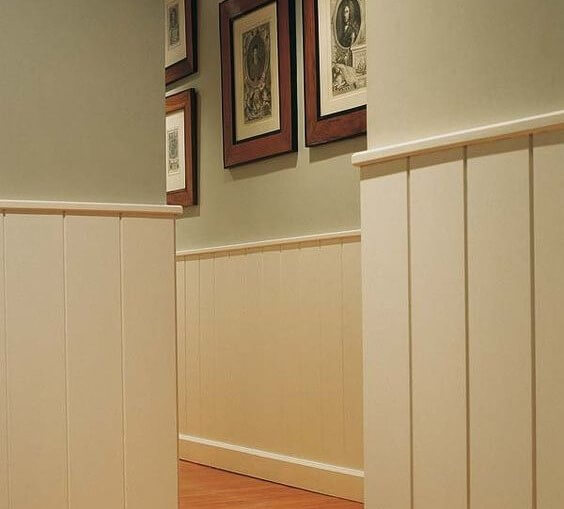
As we’ve already mentioned, wainscoting is perfect for protecting walls in high-traffic areas such as hallways. Scuffs and scratches are likely to damage hallway walls. Wainscot paneling ensures the paintwork remains in good condition for longer and will help save you money in the long-run.
Dining room walls are also prone to damage, often getting scuffed by chairs. Wainscoting is perfect for preventing this kind of daily wear-and-tear. It’s also a great option for children’s bedrooms. You can decorate it with all kinds of different designs, and even use it to hang things from.
Grease can often cause havoc with paintwork in kitchens. Once again, installing wainscoting is a great way to combat this issue. Plus, some types of wainscoting can even serve as a shelf, which you can decorate with ornaments or vases of flowers.
In fact, wainscoting is a really versatile item that can be used in all kinds of different ways. In bedrooms, for example, these decorative panels can make the perfect headboard for your bed.
Materials
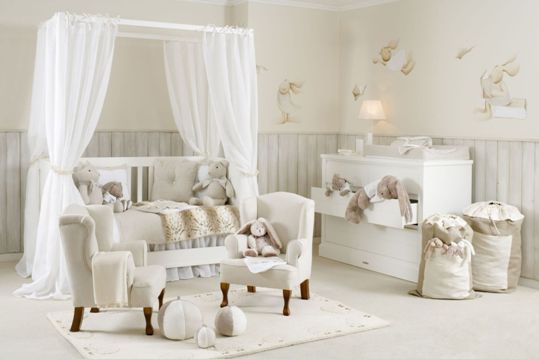
Wainscoting is usually made of wood, although fiberboard is also a good option. In bathrooms and kitchens, you’ll often find ceramic wainscoting or classic half-wall tiling.
Alternatively, you can use wallpaper instead of panels. However, you need to be careful to choose a wallpaper that’s easy to clean, so that it stays in good condition for longer.
Another option is to use fabric. However, as textiles are often difficult to keep clean, we wouldn’t recommend using it to protect your walls; it’s purely decorative.
How to install wainscoting
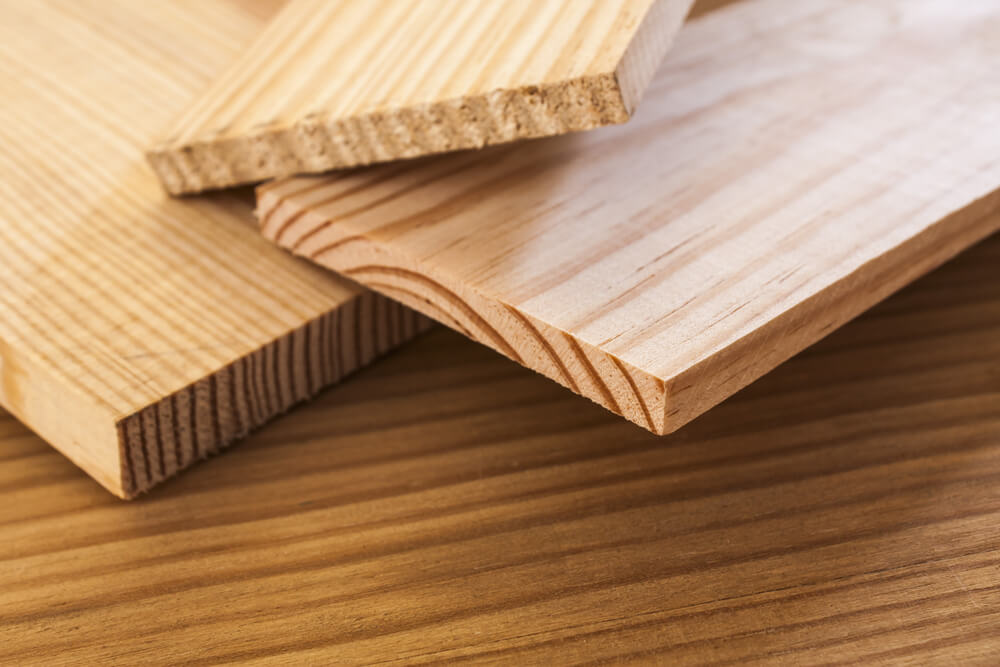
Believe it or not, putting up wainscoting isn’t as difficult as you might think, and you can easily do it yourself if you have the time. If you’ve decided to go for wooden wainscoting, the easiest method is to install each board separately.
Wainscoting should start right above your base boards. Make sure you choose boards that are the same thickness as your baseboards., This will help create a sense of harmony and consistency.
Decide how high you want your paneling to go and cut your boards down to size. You can then use specially designed glue or nails to attach it to your wall. Once all the panels are in place, you can add the “cap” which will form the top of your wainscoting.
After that, the rest is entirely up to you. For example, you could alternate between wooden boards and square or rectangular panels. You could also paint them all one color, or use a combination of complementary tones.
Another option is to add moldings, decorating the inner sections with smaller elements, and the outer sections with larger ones. The only limit is your imagination.
As you can see, wainscoting is the perfect way to protect your walls and make your home look great.
“]
In recent years, we have seen the return of one decorating trend that many had long considered a thing of the past: wainscoting. In this article, we want to tell you everything you need to know about wainscoting and give you some tips on how to choose a material that best suits you and your home.
What is wainscoting?

Wainscoting is a type of wall paneling that is used to line the lower half of the wall. It prevents the walls from getting damaged by furniture or people.
Is wainscoting the same as baseboards?

No. Baseboards run along the bottom of the wall and are usually no more than 4″ in height. Normally made of wood, stone, or ceramic, baseboards are designed to protect the wall against humidity, and to prevent damage by things such as vacuum cleaners or brooms.
Wainscoting, on the other hand, covers a far greater portion of the wall, measuring anywhere between 35 – 59″ in height, depending on how high the ceilings are. It’s ideal for high-traffic areas such as hallways, kitchens, and children’s bedrooms.
These panels protect walls against dirt and damage and are usually made of easy-to-clean materials so that you can simply remove any marks or stains with a damp cloth.
Where to install your panels

As we’ve already mentioned, wainscoting is perfect for protecting walls in high-traffic areas such as hallways. Scuffs and scratches are likely to damage hallway walls. Wainscot paneling ensures the paintwork remains in good condition for longer and will help save you money in the long-run.
Dining room walls are also prone to damage, often getting scuffed by chairs. Wainscoting is perfect for preventing this kind of daily wear-and-tear. It’s also a great option for children’s bedrooms. You can decorate it with all kinds of different designs, and even use it to hang things from.
Grease can often cause havoc with paintwork in kitchens. Once again, installing wainscoting is a great way to combat this issue. Plus, some types of wainscoting can even serve as a shelf, which you can decorate with ornaments or vases of flowers.
In fact, wainscoting is a really versatile item that can be used in all kinds of different ways. In bedrooms, for example, these decorative panels can make the perfect headboard for your bed.
Materials

Wainscoting is usually made of wood, although fiberboard is also a good option. In bathrooms and kitchens, you’ll often find ceramic wainscoting or classic half-wall tiling.
Alternatively, you can use wallpaper instead of panels. However, you need to be careful to choose a wallpaper that’s easy to clean, so that it stays in good condition for longer.
Another option is to use fabric. However, as textiles are often difficult to keep clean, we wouldn’t recommend using it to protect your walls; it’s purely decorative.
How to install wainscoting

Believe it or not, putting up wainscoting isn’t as difficult as you might think, and you can easily do it yourself if you have the time. If you’ve decided to go for wooden wainscoting, the easiest method is to install each board separately.
Wainscoting should start right above your base boards. Make sure you choose boards that are the same thickness as your baseboards., This will help create a sense of harmony and consistency.
Decide how high you want your paneling to go and cut your boards down to size. You can then use specially designed glue or nails to attach it to your wall. Once all the panels are in place, you can add the “cap” which will form the top of your wainscoting.
After that, the rest is entirely up to you. For example, you could alternate between wooden boards and square or rectangular panels. You could also paint them all one color, or use a combination of complementary tones.
Another option is to add moldings, decorating the inner sections with smaller elements, and the outer sections with larger ones. The only limit is your imagination.
As you can see, wainscoting is the perfect way to protect your walls and make your home look great.
“]







